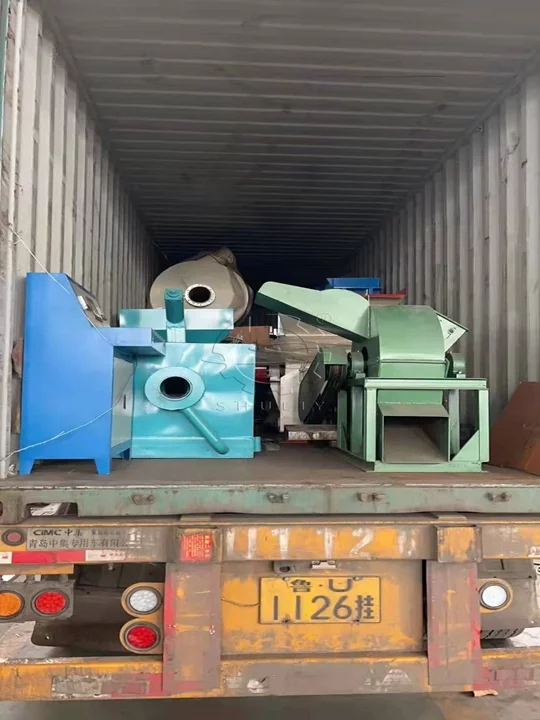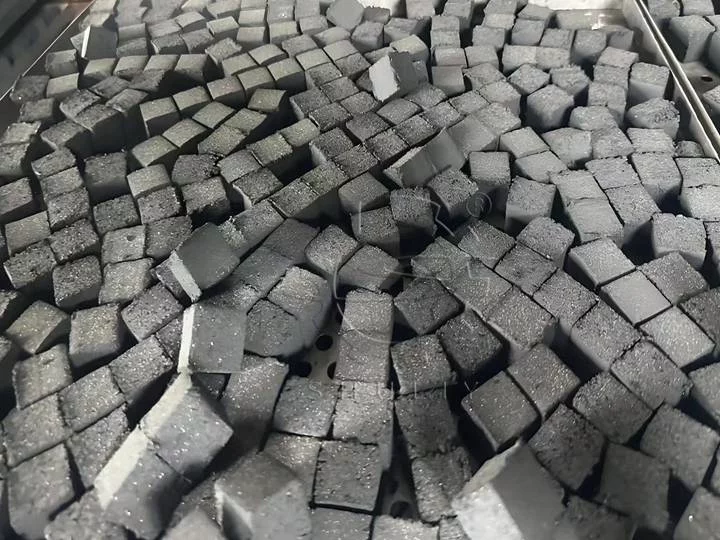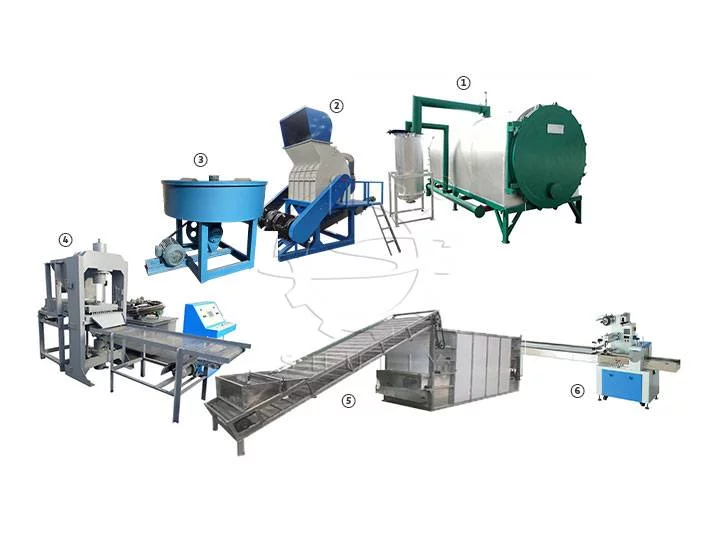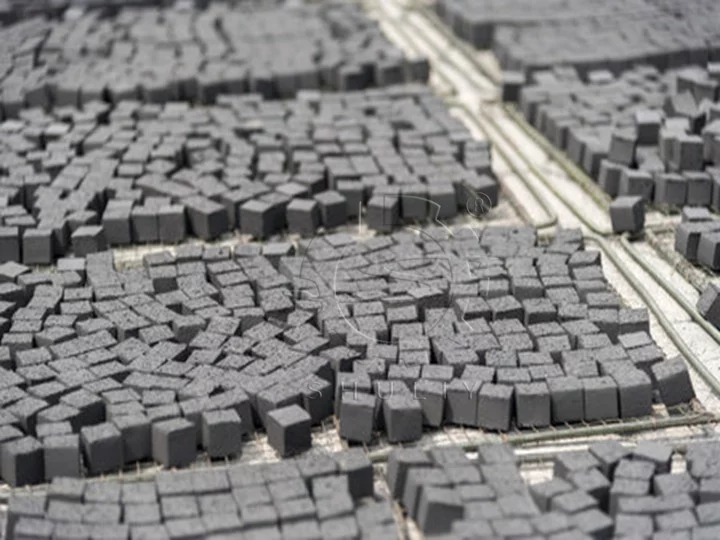What Are the Best Raw Materials for Making High-Quality Shisha Charcoal?
High-quality shisha charcoal, also known as hookah charcoal, is essential for a smooth, flavorful smoking experience. But behind every dense, slow-burning charcoal cube is one crucial factor: the raw material.
Choosing the right material affects not only the burning time and smoke output, but also the charcoal’s shape, durability, and customer satisfaction. In this article, we explore the most commonly used and most recommended raw materials for making premium shisha charcoal.
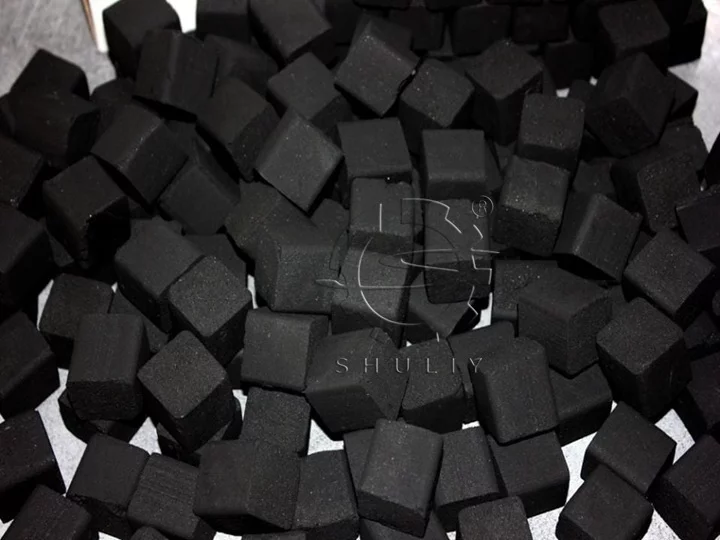
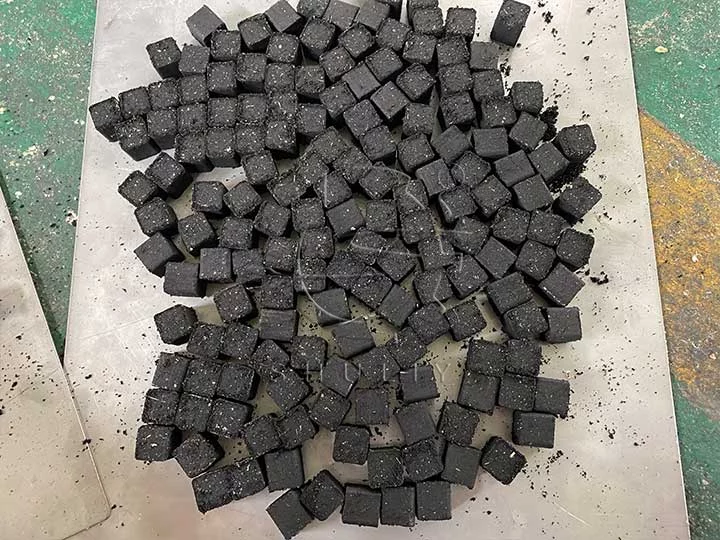
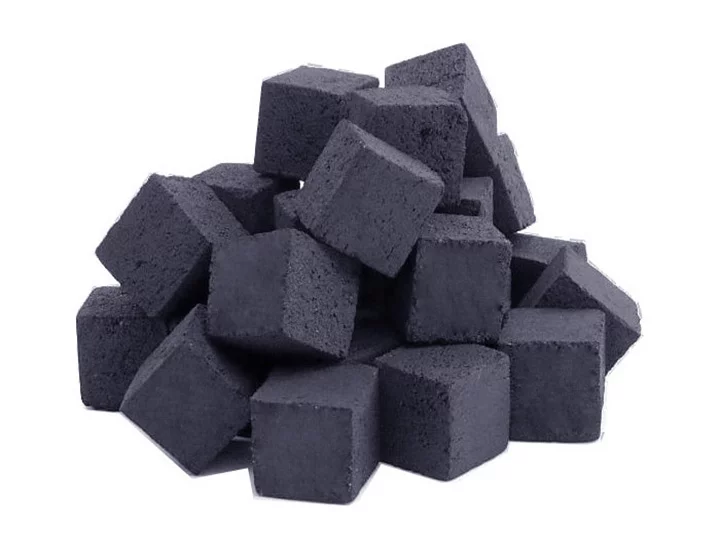
Coconut Shell – The Premium Choice
Coconut shell charcoal is one of the most popular raw materials for shisha charcoal, especially in Southeast Asia and the Middle East.
Why it’s preferred:
- High density, ensuring longer burning time
- Low ash content
- No odor or flavor interference
- Sustainable and eco-friendly
Usage: mostly used for cube and hexagonal briquettes in export markets such as the Middle East and Europe.
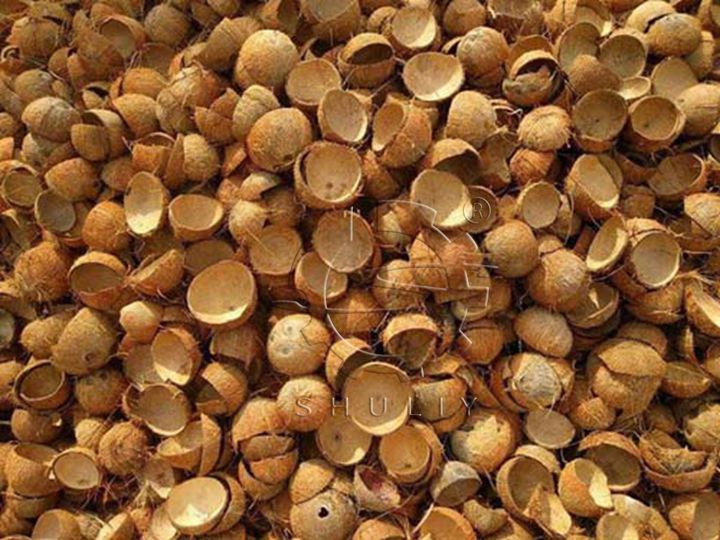
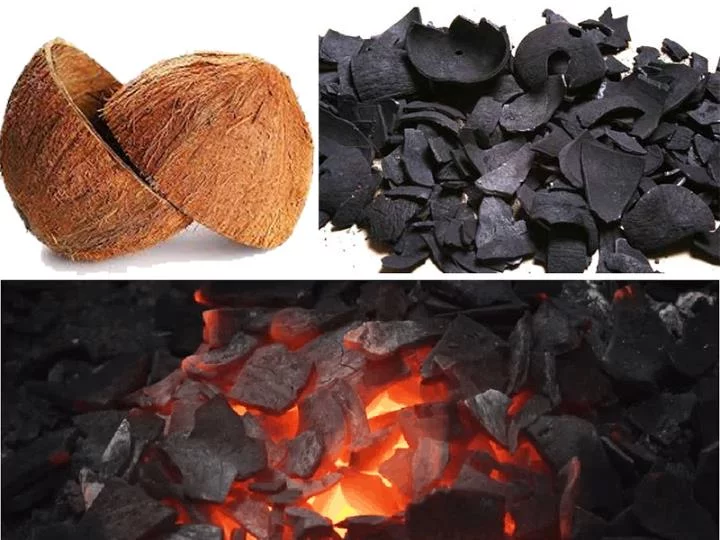
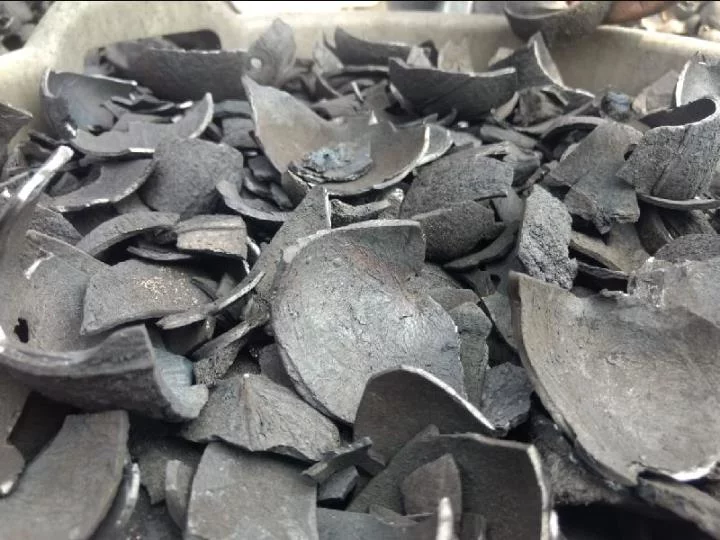
Hardwood Charcoal – Widely Available Option
Hardwood, like beech, oak, and acacia, is another popular raw material, especially for markets with lower price sensitivity.
Why choose it?
- Readily available and affordable
- Burns well with decent heat output
- Suitable for molded charcoal tablets
Cons:
- Slightly higher ash content
- May produce smoke if not carbonized well
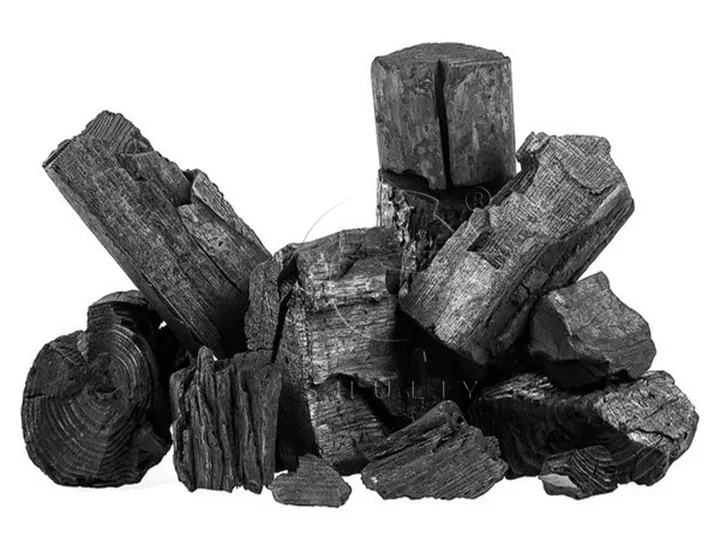

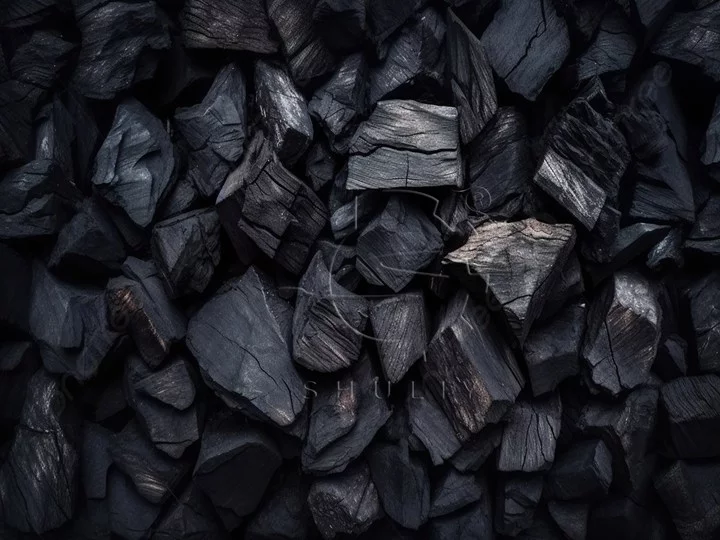
Fruitwood and Bamboo Charcoal – Niche and Natural
Fruitwood and bamboo charcoal are increasingly used due to the growing demand for natural and eco-conscious products.
Features:
- Mild fragrance (fruitwood)
- Fast-growing and renewable (bamboo)
- Clean burn and smooth combustion
Used by boutique hookah brands looking for a unique product identity.
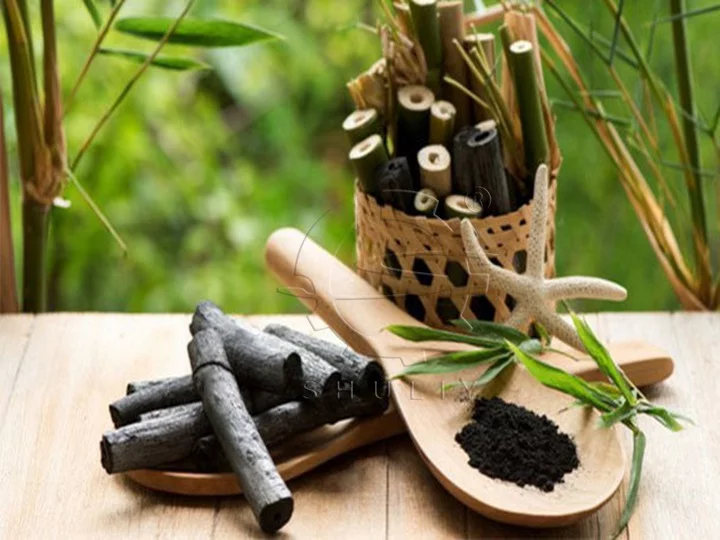
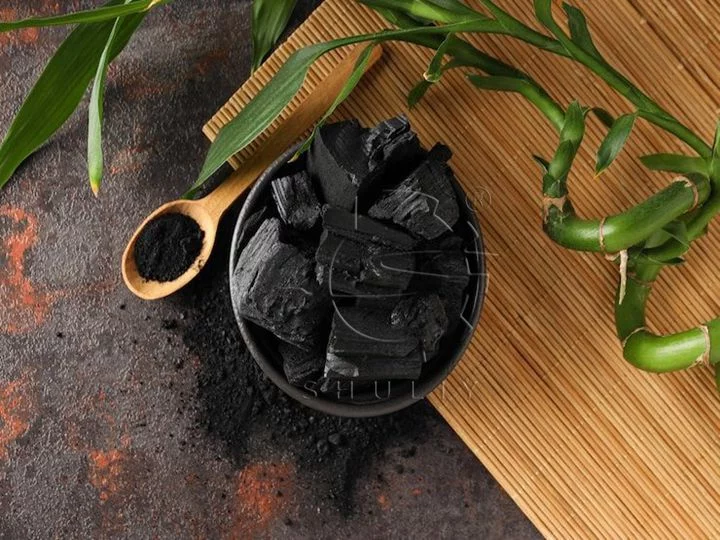
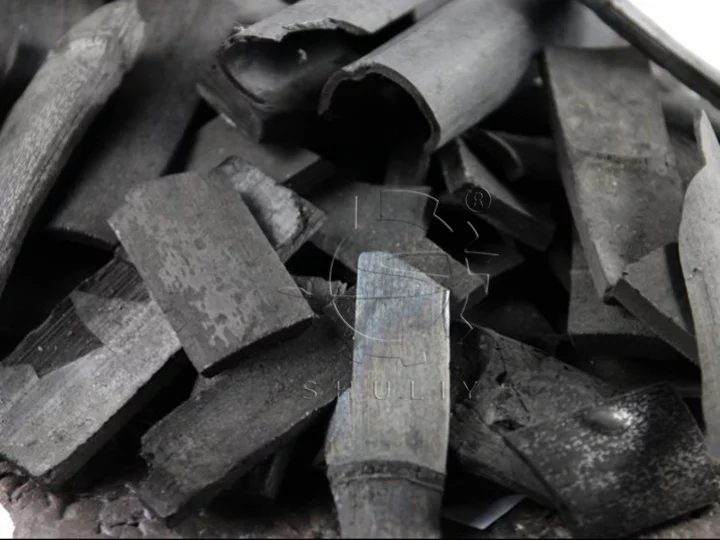
Sawdust or Wood Powder – For Molded Tablet Charcoal
Processed sawdust or wood powder is commonly used when forming compressed round or cube charcoal using binders.
Advantages:
- Easy to mix with starch binders
- Flexible shape forming
- Budget-friendly for mass production
Note: requires consistent drying and binding to maintain product strength.
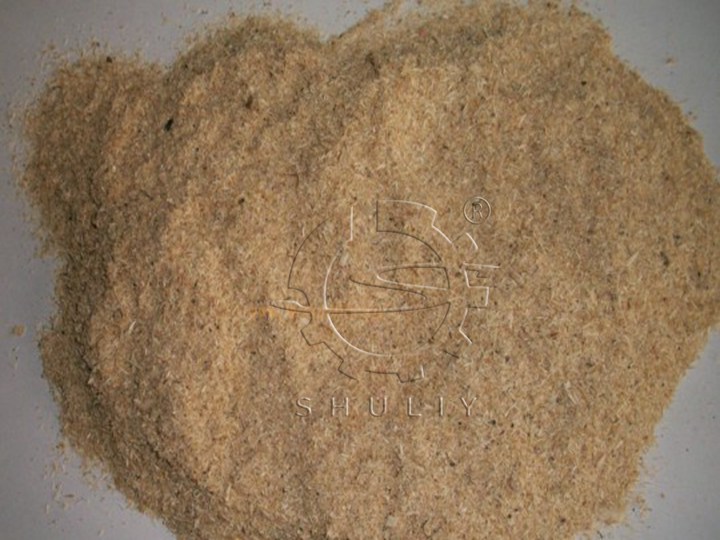
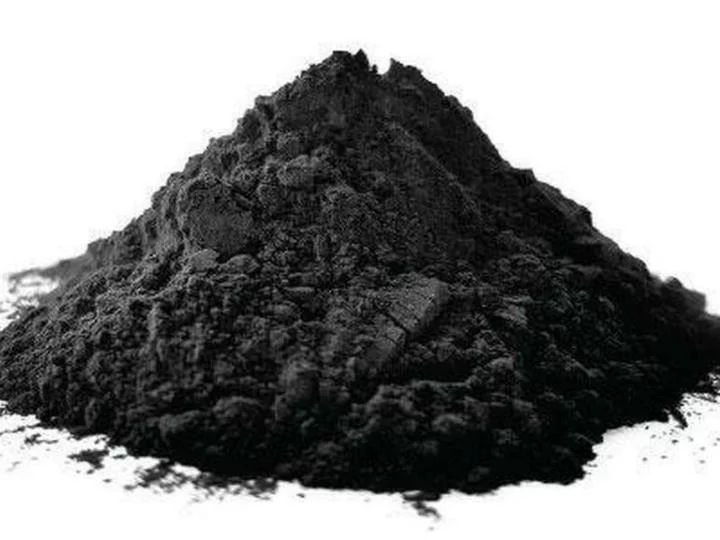
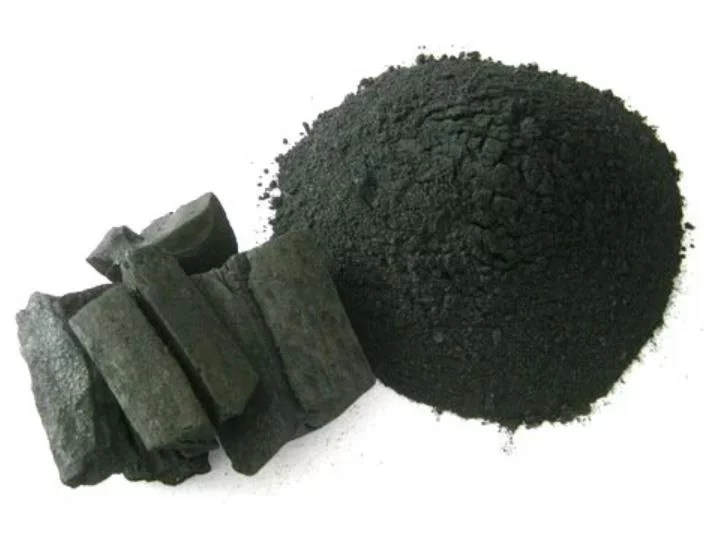
Binder Materials
While not the primary combustible material, binders like corn starch or cassava starch are essential to hold the charcoal shape during pressing and drying.
Avoid using chemical binders in hookah charcoal production, as they directly affect smoke quality and health.
Conclusion
Choosing the right raw material is the foundation for producing high-quality shisha charcoal that meets both domestic and export standards. Coconut shells remain the gold standard, but other materials like bamboo, hardwood sawdust, also offer strong performance if carbonized and processed correctly.
Whether you’re building a production line or sourcing raw material, understanding their properties will help ensure your product stands out in a competitive market.

